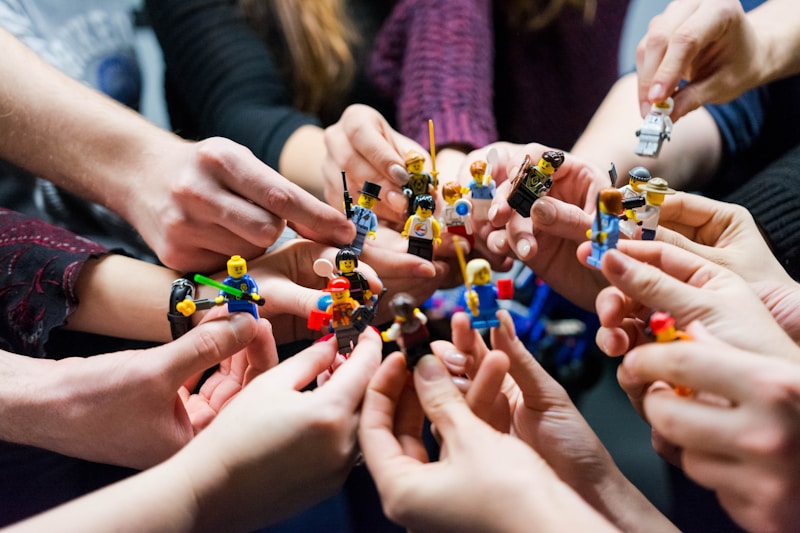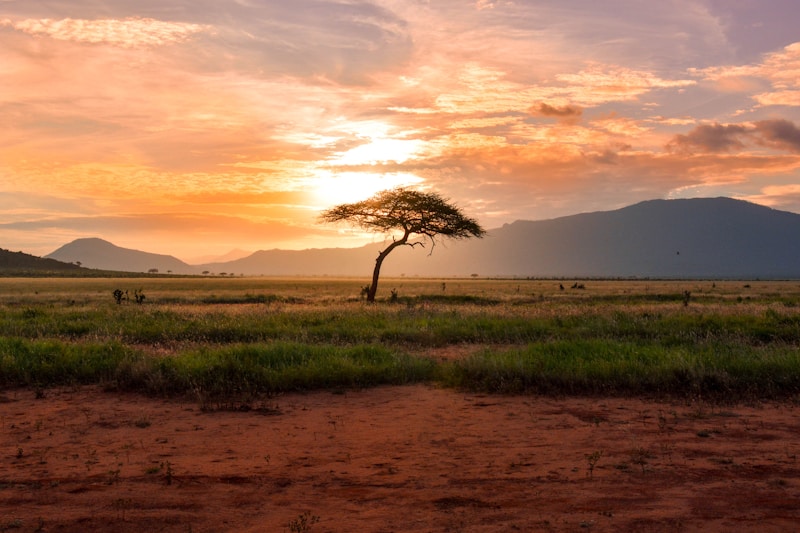The Herero People
Wearers of Victorian Dress - Survivors of Genocide - Cattle Herders of the Kalahari
Who Are the Herero?
The Herero (Ovaherero) are a Bantu-speaking pastoral people of Namibia and Botswana, numbering approximately 250,000. Traditionally nomadic cattle herders, the Herero developed sophisticated pastoralist culture centered on cattle ownership and ancestral veneration. They are instantly recognizable by their distinctive Victorian-style dress—long colorful gowns and horn-shaped headdresses (otjikaiva) adopted after German colonization as both tribute to missionary wives and subversive cultural resistance. The Herero endured one of the 20th century's first genocides when German colonial forces (1904-1908) systematically murdered 65,000-80,000 Herero (approximately 80% of the population) in what Germany now recognizes as genocide. Despite this trauma, the Herero have preserved cultural identity, maintaining cattle culture, ancestral fire traditions, and their iconic dress.
Cattle Culture and Pastoral Traditions
For the Herero, cattle represent far more than economic assets—they embody social status, spiritual connection, and ancestral lineage. Traditional Herero organized society around cattle ownership, with wealthy men possessing hundreds of head. Cattle provide milk (primary diet staple), meat for ceremonies, hides for clothing, and dung for building. The Herero developed expertise in cattle breeding, recognizing dozens of color patterns with specific names.
The sacred ancestral fire (okuruwo) burns continuously at each homestead, connecting living family to deceased ancestors. The fire keeper (guardian) ensures it never extinguishes, as this would sever ancestral protection. Major ceremonies occur around the ancestral fire, including consultations with ancestors.
Victorian Dress and Cultural Adaptation
The iconic Herero dress evolved from complex cultural negotiation with German colonizers. Missionary wives introduced Victorian-style long dresses, which Herero women adopted but transformed. They created brilliant, multi-colored floor-length gowns featuring up to 10 meters of fabric in bold patterns—red, green, purple, turquoise. The otjikaiva (horn-shaped headdress) references cattle horns, maintaining connection to pastoral heritage while wearing imposed European style.
Different colored dresses indicate clan affiliation, marital status, and occasion. This dress became powerful symbol of Herero identity, resistance, and survival—wearing colonizers' style but making it distinctly Herero.
Social Organization and Clans
Herero society organizes through double descent—matrilineal clans (oruzo) determine inheritance and ancestral connections, while patrilineal clans (eanda) define residential groups and cattle ownership. This dual system creates complex kinship networks and marriage regulations. The chief (omuhona) leads each clan, managing disputes, ceremonies, and interactions with other groups.
Chiefs maintain sacred objects including the ancestral fire and holy fire staffs passed through generations. Herero paramount chiefs represent the entire nation in political matters.
Genocide, Resistance, and Recovery
The Herero genocide began when Herero leader Samuel Maharero led an uprising (January 1904) against German land seizure and brutal treatment. German forces, under General von Trotha, responded with genocidal violence. The infamous "extermination order" commanded: "Every Herero, with or without a gun, with or without cattle, will be shot." Survivors were driven into the Omaheke Desert where German troops guarded waterholes, ensuring death by dehydration.
Thousands more died in concentration camps. This genocide profoundly shaped Herero identity. Annual pilgrimages to massacre sites honor victims. Modern Herero activism demands reparations and repatriation of human remains held in German institutions.
Modern Herero Culture
Today, the Herero maintain strong cultural identity despite historical trauma. The Victorian dress remains everyday wear for many women, particularly at ceremonies, church services, and cultural events. Herero Day (late August) commemorates fallen chiefs and genocide victims with colorful processions featuring military-style uniforms honoring Herero warriors who fought German forces. Men wear quasi-military uniforms in red and black representing different regiments.
Many Herero continue pastoralism, though commercial ranching has replaced nomadic herding. The ancestral fire tradition persists in rural homesteads. Otjiherero language thrives, taught in schools and spoken daily. Herero artists, musicians, and activists work to preserve culture while demanding justice for genocide. The Herero diaspora in Botswana maintains cultural practices. Despite centuries of colonization and attempted extermination, Herero culture demonstrates remarkable resilience, with their iconic dress serving as living testament to survival and cultural pride.
Image Gallery





